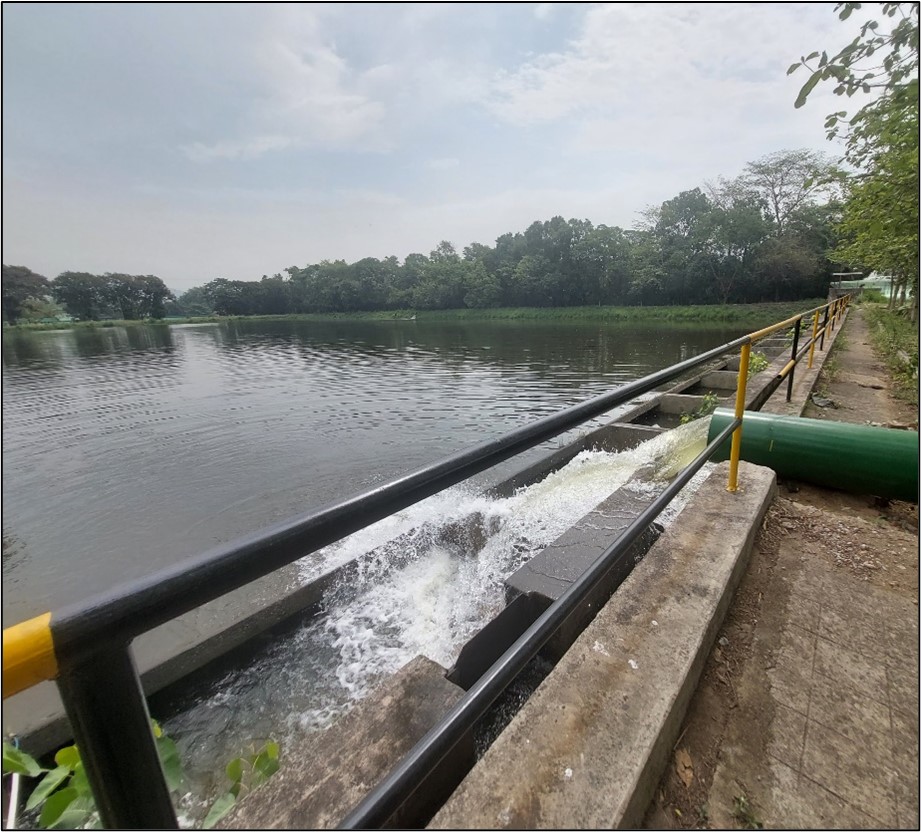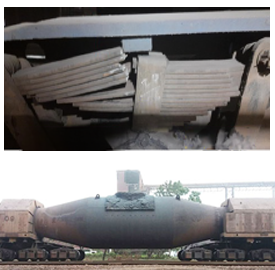Challenges
Real time quality monitoring of water at every process step
Short Description:
In ensuring the continuous delivery of high-quality potable water to communities, real-time monitoring of water quality parameters is imperative throughout the treatment process. The existing practice of periodic water sampling leads to delays in addressing deviations, if any, potentially compromising water safety. Moreover, the significance of monitoring these quality parameters amplifies during peak seasons like summers when pollutant loads can surge, posing greater challenges to maintaining water quality.
Challenge Details
In ensuring the continuous delivery of high-quality potable water to communities, real-time monitoring of water quality parameters is imperative throughout the treatment process. The existing practice of periodic water sampling leads to delays in addressing deviations, if any, potentially compromising water safety. Moreover, the significance of monitoring these quality parameters amplifies during peak seasons like summers when pollutant loads can surge, posing greater challenges to maintaining water quality. Ensuring the reliability and accuracy of real-time data monitoring becomes paramount to swiftly implementing corrective actions and meeting regulatory standards, such as IS: 10500:2012.
Thus, there is a critical need for a real-time monitoring system capable of detecting and measuring parameters such as turbidity, conductivity, chlorides, nitrites, total organic carbon, pH, and free chlorine. Eliminating odor from potable water is also a key requirement in ensuring safe and potable water supply to the communities. This system must provide immediate alerts for any deviations, especially crucial before the water enters the aeration tank, which is the first stage of water purification.
















